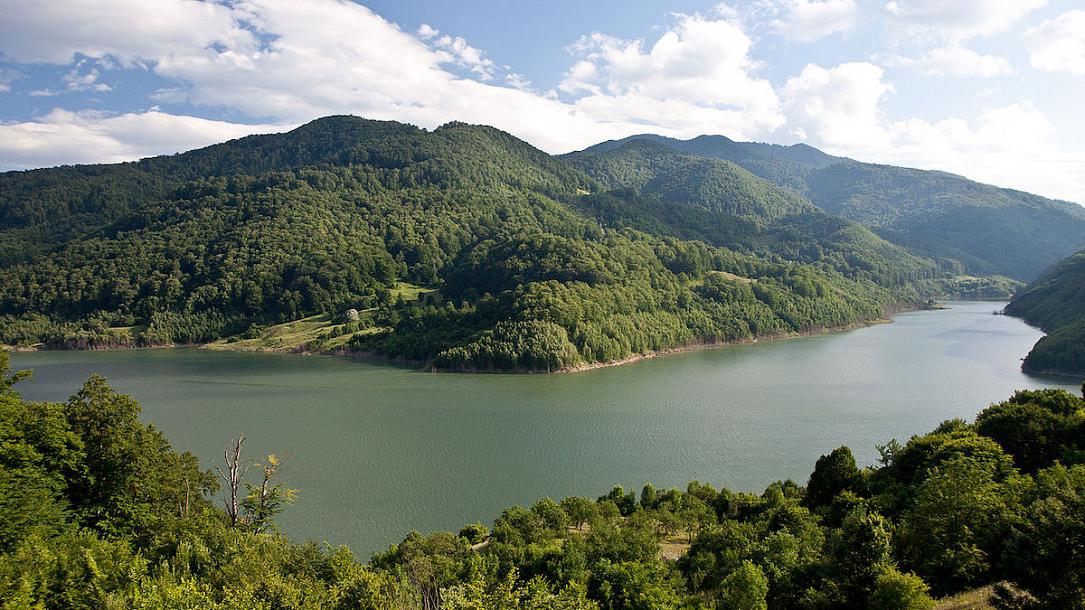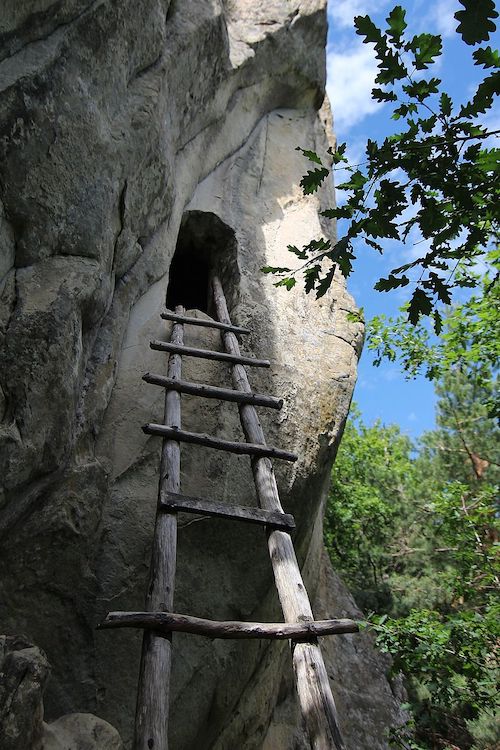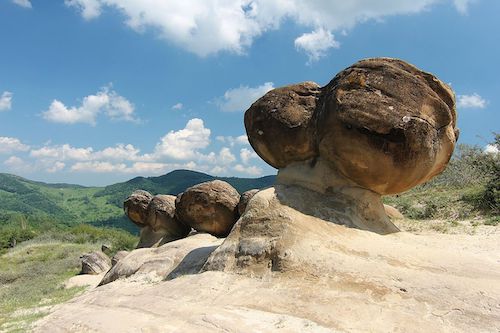Discover Romania: Buzau and its fantastic landscapes



The rupestrian dwellings
The Buzau Mountains are an inexhaustible source of legends and mysteries, a place where history has left palpable traces in stone. There is a group of 29 rupestrian dwellings, some of them dating back to the Neolithic age, carved into the stones and shaped by the waters that descend into the valley. Hidden in the wildest parts of the forest, these places have served as living spaces or as sanctuaries since the earliest times. Many stories have been woven around them starting from mysterious disappearances, treasures hidden by the boyars, time travel… Both Christian and pre-Christian inscriptions are found on their walls. The place is also known as the “Romanian Mount Athos” because of the presence of many places of worship, monasteries or hermitages. One of the oldest elements is the “Fundul Pesterii” Cave inhabited before Christianity, whose walls include almost 200 inscriptions including Maltese crosses, daggers, arrows, and other specific signs of prehistoric stone art. Equally impressive is the Dionis cell, built in stone, which can only be accessed by a ladder but also the Church of Iosif dug in the fourth century.
To discover them you will have to use your sense of exploration because the routes are very poorly marked. However, these four routes knows as “Luana’s Way” (Drumul Luanei) can be of help.

As they are strangely shaped, some compare them to flying saucers, turtle shells or perfectly spherical balls. They weigh from a few grams to several tons and some of them could even reach more than two meters in height. We speak about the “trovanti” of the region of Ulmet-Bozioru, 44 km from Buzau, hidden in the mountains of Buzau, nicknamed by the locals “Babele de la Ulmet” (The Old Women of Ulmet). These stones are formed by a very slow process of concretion thanks to the calcareous underground water.
Located on mountain ridges, these odd-shaped stones will give you the impression of returning to the origins of creation to contemplate the spectacle of the birth of humanity. The locals also call them “living stones” and believe they have many miraculous powers. According to them, they could even heal sadness; it’s enough to touch them to become happy immediately.
The locals gave different names to the stones. Can you recognize, with a little imagination, "The Microphone,” "The Chair,” "The Slide" or "The Cassette"?

Located in a picturesque area, this lake seems straight out of a postcard. Situated in the commune of Siriu, at an altitude of 1400 m, you have to walk a little to get there but you will not be disappointed once you get up there. This small glacial lake is also known as the “Lake of Eagles” because, according to the legend, this is where the eagles were coming in spring to teach their young to fly. Its other nickname, “bottomless lake,” comes from another folk legend telling the story of a shepherd who abandoned his flock and threw his stick into the lake to start a new, free life. After a year of travels, the shepherd found his stick in the waters of the Danube and, taken over by a feeling of nostalgia for his sheep and his homeland, he decided to return home. You too will not be able to leave this enchanting place.
Source: Le Petit Journal
newsroom@romania-insider.com